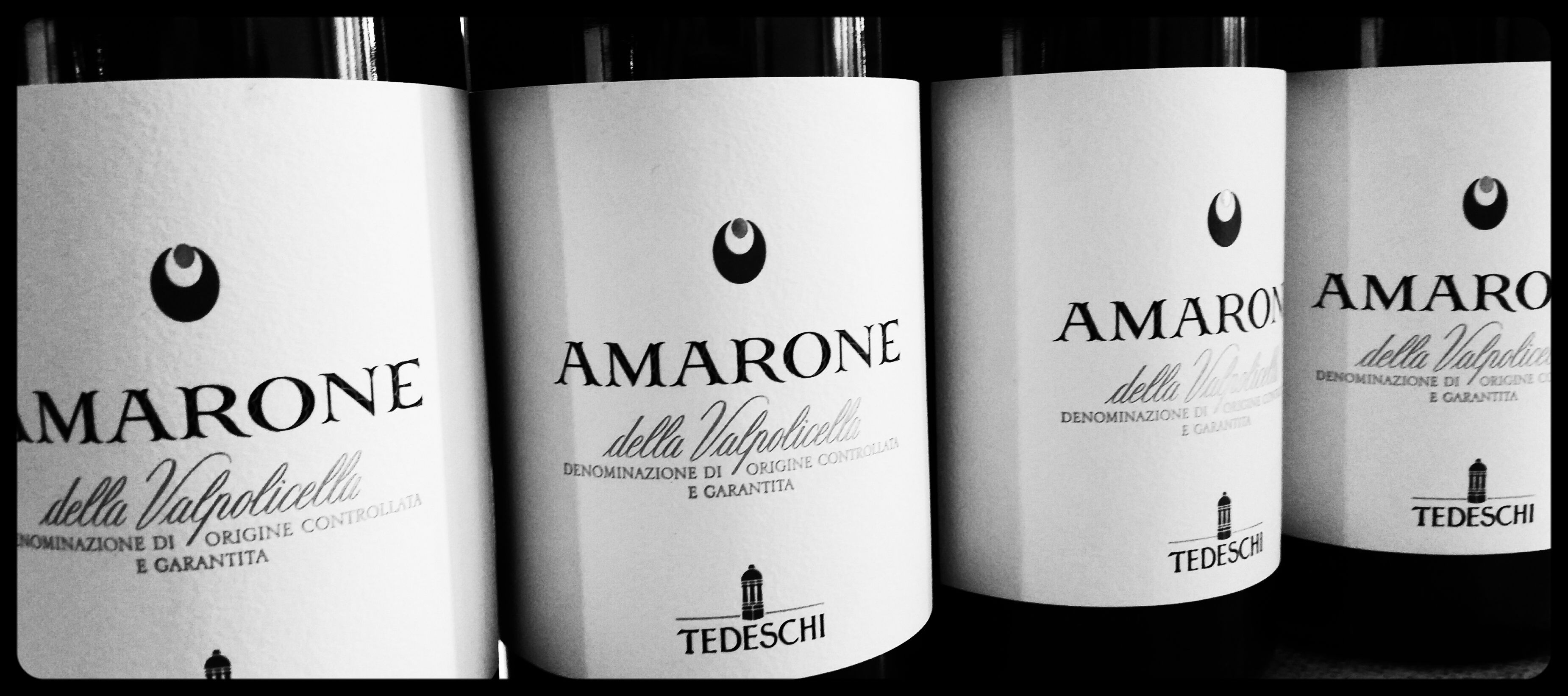Rivalries run deep in the old world, and the long standoff between the two wine-producing empires of France and Italy has passed into common lore.
The competition is heated. Although French wines have always been touted for their supposed elegance, the heartier wines hailing from Italy are not to be dismissed.
Amarone amore
Enter Amarone della Valpolicella. An Italian wine produced in Valpolicella in the Veneto region of Italy, it has a name that in Italian means ‘The Great Bitter’. Known the world over, it is one of the most popular wines in Scandinavia.
Made from the Corvina, Rondinella and Mulinara varieties of grapes, this wine is incredibly powerful, with an alcohol content of over 15 percent. And it certainly seems to have won the hearts of wine enthusiasts all over Scandinavia.
A deliberate process
The difference starts on the vine. Only the best ripe grapes are picked, selected from bunches not too close to each other to allow for airflow. From here, they are transported to special drying chambers and allowed to sit for three months.
This allows over 30 percent of their water content to evaporate and makes for an intense vintage with a high alcohol content. After being aged in oak barrels, the wine ends up with raisiny, plummy notes.
Perfect with parmesan
Being a strong wine, it needs some strong competition on the table. Best paired with Italian food (of course), feel free to open up a bottle when you’re having things like red meat braised in Amarone itself or traditional dishes from the Veneto area.
Or, as one maker of Amarone instructed, take a sip after a bite of parmesan cheese smothered in acacia honey and “savour the resulting harmonies”.
So do yourself a favour and buy a bottle. After all, one sommelier is known to have commented: “If it’s not an Amarone, it’s a lying wine.”















